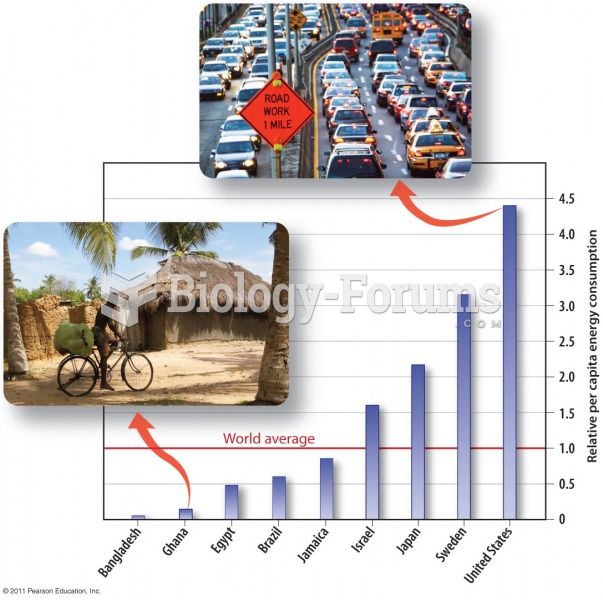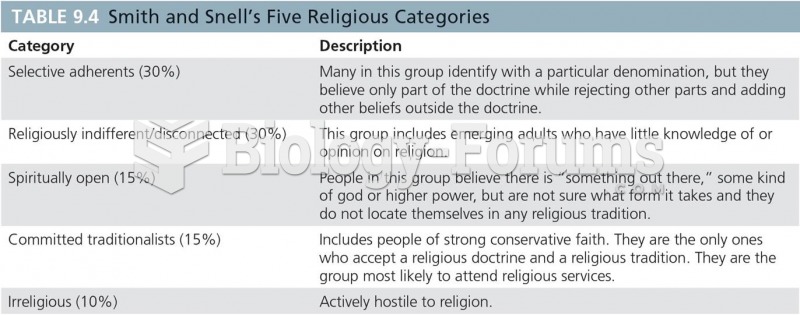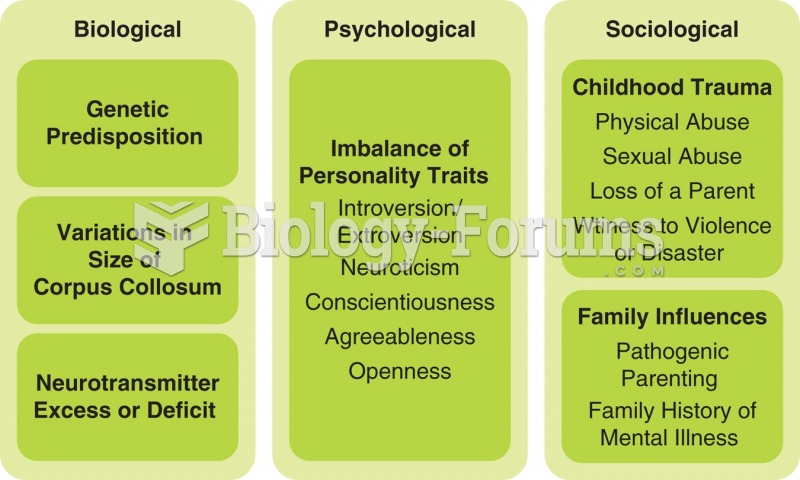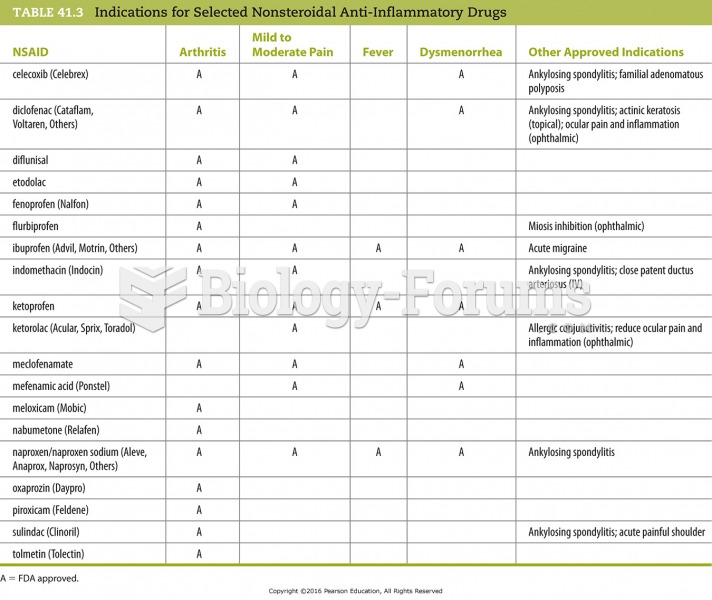Answer to Question 1
Performing media category: solo vocal (e.g., Folk song 1 and 2), group vocal (e.g., ritual song); mixed vocal & instrumental (solo and) group (e.g., Beijing opera, ballad singing, Buddhist chant, Christian hymn, film song, and pop song); solo instrumental (e.g., qin solo, pipa solo, erhu solo, and piano solo) and group instrumental (e.g., sizhu music, beiguan music and new folk music)
Intended audiences category: mass entertainment for people at largefolk/mass (e.g., folk song 1 and 2, ritual song, Beijing opera, ballad singing, Buddhist chant, Christian hymn, film song, pop song, sizhu music, beiguan music, new folk music); performances by specialist minorities for elite audiences (e.g., qin solo, pipa solo, erhu solo, and piano solo). Worlds of Music also labels the primary social function of a performance of each genre by color-coded underlines: (A) for self-entertainment or use in small-scale, non-commercial settings (e.g., sizhu and beiguan music, qin solo); (B) for religious use - not interpreted as entertainment (e.g., ritual song, Buddhist chant, Christian hymn); (C) for entertainment of the gods - religious entertainment (e.g., beiguan music); and (D) for paying audiences (e.g., Beijing opera, ballad singing, new folk music, pipa solo, erhu solo, and piano solo).
Intended audience categories are not fixed, static categories: an elitist genre such as solo piano music may start to be listened to and enjoyed by mass audiences, or mass entertainment such as Beijing opera may start to be performed by minority specialists for elite audiences.
Cultural influence category: Indigenous (e.g., folk song 1 and 2, ritual song, Beijing opera, ballad singing, Buddhist chant, sizhu music, beiguan music, qin solo, pipa solo); foreign Western-inspired (e.g., Christian hymn, film song, pop song, new folk music,
contemporary erhu solo, piano solo)
Answer to Question 2
1. The Taoist Abing retained the Taoist faith he had embraced at an early age throughout his life. He learnt a huge repertory of traditional pieces, some of which he shaped into inspired instrumental solos. (the archetypal Chinese folk musician)
2. The Revolutionary Began as a Taoist, but was expelled from the temple and eventually became a street musician. His few surviving pieces express the innermost aspirations of countless multitudes of laboring peoples. (a tenet of Marxist theory)
3. The Romantic He lived a mostly sad life in lowest echelon of society. Music was one of his few outlets into which he poured out his emotions. (His creativity is explained as an escape from a difficult life; he was a tortured genius.)
4. The Drug-addict In his early Taoist life Abing showed much musical talent, but his life took a bad turn after he spent his parent's inheritance. He eventually turned to drugs and life on the streets, using his music to support his drug habit.
Since Abing was actually known to be blind, each image incorporates a different explanation of his blindness.







